Why chelates can make the difference in sow herds
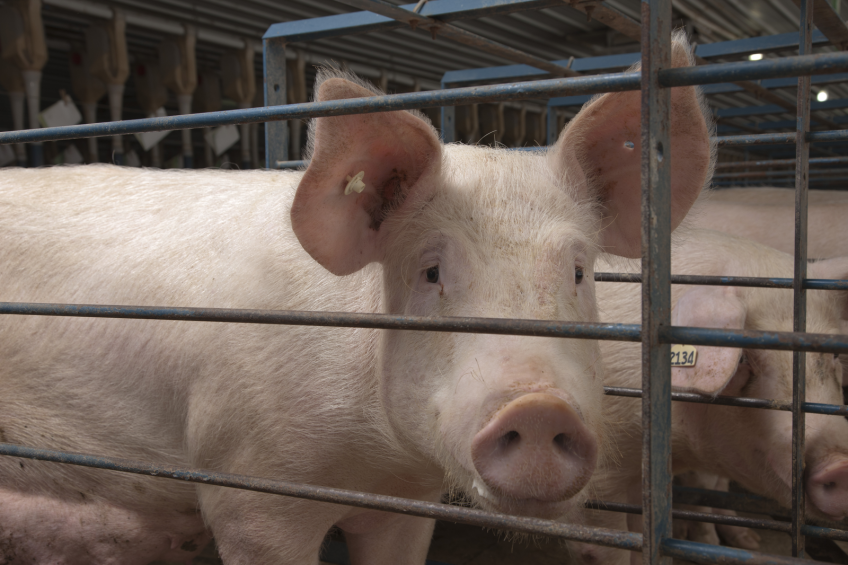
More fully meeting the sow’s nutritional needs bolsters her performance in many ways. Research shows that feeding 50% chelates and 50% inorganic trace minerals contributes to the performance of both sows and their progeny.
The level of precision in swine nutrition is increasing for the betterment of the sow and her progeny. With each incremental step forward, gains are made in the animal’s production and/or performance.
Consider that the average annual replacement rate for sows in North America is approximately 49%. Using historical records from 28 herds located in the United States, the main reasons given for culling were: Failure to conceive, performance, lameness, locomotion, death, and age. Results indicated that average sow parity at culling was 3.3 with a total of 36 pigs produced. In total, 55% of the sows culled for locomotion or lameness were removed prior to parity 2.
If a pork producer is going to maximise his profitability he needs to increase the length of time a sow is in the farm and maintain her productivity.
Bioavailability and antagonisms
Increasingly, nutritionists include organic sources of trace minerals (e.g., chelates, complexes, or proteinates) in swine rations. In this article, the organic source is ‘HMTBa chelated trace minerals’. HMTBa is short for 2-hydroxy-4-(methylthio)-butanoate – a chemical formula of organic acid that can be utilised by animals as a source of methionine. These chelates are proven to be more bioavailable than inorganic trace minerals and also exhibit less antagonistic behaviour with dietary components than other mineral products. When speaking of ‘chelates’ in this article, the HMTBa chelated trace minerals are meant.
The bioavailability of inorganic trace minerals varies dramatically with the form (e.g. sulphate, oxide, etc.) and can result in extensive excretion of these mineral forms. Feeding elevated levels of inorganic trace minerals, for example copper and zinc, can create mineral-on-mineral antagonisms and detract from the availability and the metabolism of other trace minerals. Antagonisms can result in deficiencies or poor utilisation of other trace minerals and hence impair their important biological functions such as immune system responses, cartilage development, bone strength, hoof quality, lameness, and reproductive performance to name a few of the benefits.
An advantage of chelated trace minerals is that the binding of the organic ligands to the mineral can provide stability to the complex in the upper gastrointestinal system, therefore minimising mineral losses to antagonisms and allowing the complex to be delivered to the absorptive epithelium of the small intestine for mineral uptake. Research has demonstrated that chelates are more digestible, more bioavailable, and exhibit less antagonism to other nutrients (e.g. phytic acid and crude fibre) resulting in low oxidative stress in the intestinal lumen when compared to inorganic trace minerals. Therefore, there are more minerals available to perform their essential functions for mineral-dependent enzymes and structural proteins as well as for bone development leading to improved immune response, tissue and bone development and strength, reduced oxidative stress, lameness, and reproductive failure, resulting in improved sow longevity and lifetime production.
Culling rate
Feeding chelates contributed to higher survival rates to parity 4 and lower removal rates due to locomotion and other reasons in sows.
The retention rate for the 8,809 gilts fed chelates was 10% greater than for the 8,962 gilts fed inorganic trace minerals from first service to farrowing. Likewise, at parity 2, 3 and 4, the sows fed chelates had higher retention rates than sows fed inorganic trace minerals.
The involuntary removal rate and relative removal rate due to locomotion were reduced significantly with chelates supplementation. In gilts from first service to farrowing, removal rates due to locomotion were 9.0% vs 13.8% for chelates and inorganic trace minerals, respectively ( Figure 1 ).
Similar results were observed in sows where the involuntary removal rates were reduced by 45% with chelates supplementation compared to sows fed inorganic trace minerals. Removal rates due to locomotion or lameness were reduced by 55% with chelates supplementation vs inorganic trace minerals ( Figure 1 ).
Removal due to locomotion or lameness may be one of the most costly removals. A sow with leg problems has little productive value if she cannot walk. Reducing the cull rate because of locomotion and lameness allows production managers to put more attention into poor reproductive performance as a basis for culling sows.
In this study, chelates reduced mortality by 21%, with rates of 8.6% for sow fed chelates and 10.4% for the control sows. Reduced mortality with chelates supplementation is attributed to improved immune functions and overall health status.
Piglets per lifetime
Sows fed chelates had higher farrowing rates and better cumulative reproduction performance up to parity 4. Farrowing rate across parities was improved 2.3 percentage units with chelates supplementation. For cumulative reproduction up to parity 7, sows fed chelates had three more pigs born.
Progeny performance
Sow mineral source also affects the performance of their progeny. Piglets from sows fed chelates were heavier at birth, performed better from weaning to market, and had greater loin eye area than piglets from sows fed an inorganic trace mineral control.
Toward the end of the three-year study, a total of 261 litters, approximately 3,380 piglets, were randomly selected to provide adequate representation across four parity categories, parities 1, 2, 3-4 and 5+. Individual piglet weight, including stillborns, was collected in a two-week period in August and December 2009.
Piglet birth weight and uniformity within a litter were analysed, and no difference was found in piglet uniformity between the chelates and inorganic trace mineral piglets ( Figure 2 ). Mean piglet birth weight improved 8.8% for sows fed the chelates with the benefits of the chelates more pronounced in parity 2-4 sows ( Figure 3 ).
During the study, approximately 600 sows from the two sister farms provided piglets for the research study. At weaning, 2,400 (1,200 from each farm) good-quality pigs of 20 days of age and about 6.07 kg from parity 2-5 sows were selected and transported to a wean-to-finish facility.
Pigs were raised from nursery to finisher in split-sex pens, with 25 pigs per pen and 16 pens per treatment. Growth performance was measured for each phase. Carcass traits were collected from all pigs in a commercial processing plant.
Progeny from the sows receiving the chelates were 11% heavier ten days post-weaning and remained heavier until the end of the study. The result is in agreement with previous studies that better progeny at birth results in better growth performance from nursery to marketing.
During the nursery period, the progeny from sows receiving the chelates had 14% more average daily gain, 14% more average daily feed intake, and were 2.5 kg heavier at the end of the nursery period compared to the pigs from sows fed the inorganic trace mineral control.
Join 18,000+ subscribers
Subscribe to our newsletter to stay updated about all the need-to-know content in the pigsector, three times a week. Beheer
Beheer

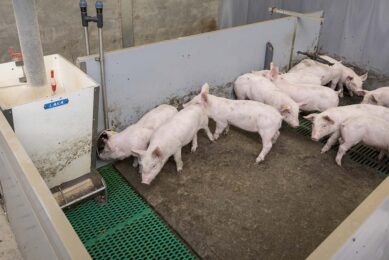
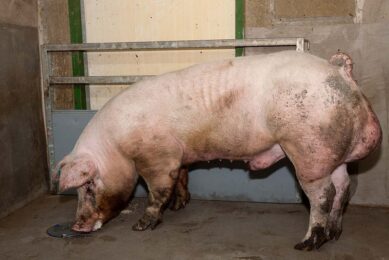
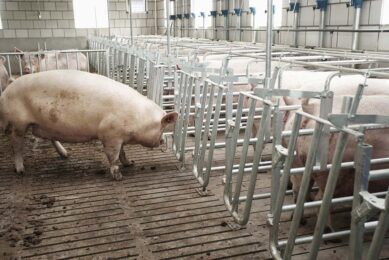
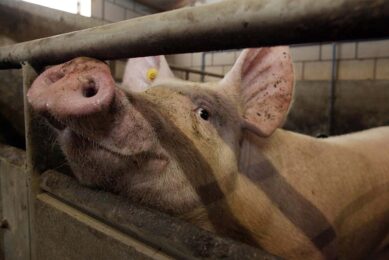
 WP Admin
WP Admin  Bewerk bericht
Bewerk bericht